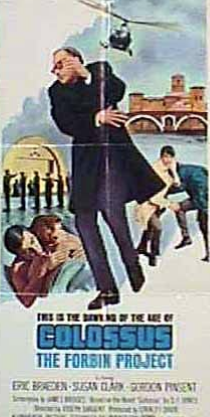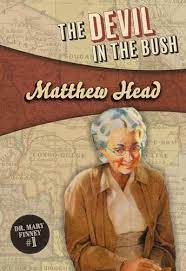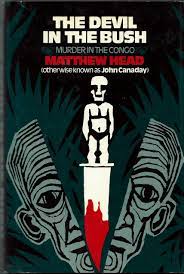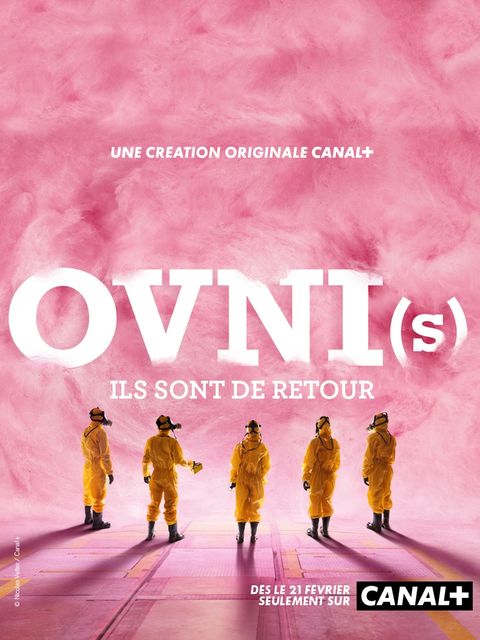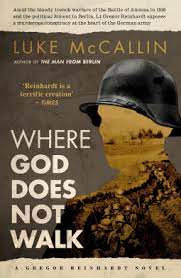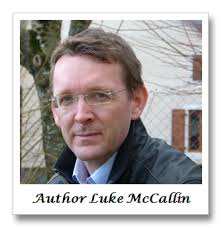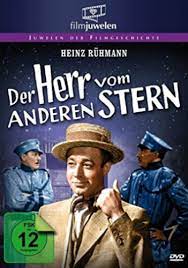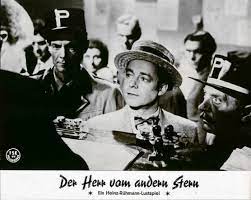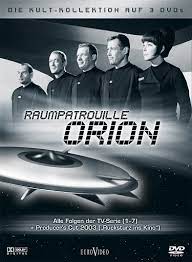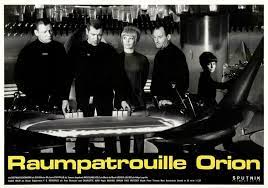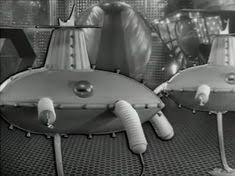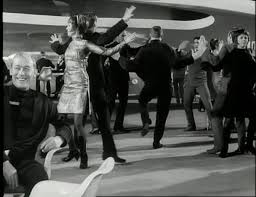Forbin Project (aka Colossus) (1970).
IMDb meta-data is 1 hour and 40 minutes, rated 7.1 by 9,100 cinematizens.
Genre: Sy Fy; Species: Cold War; Subspecies: Hysteria.
Verdict: Logical.
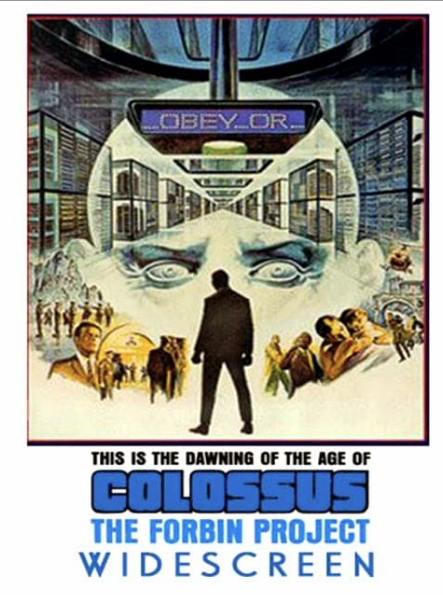
After ‘Dr Strangelove’ (1964) showed how easy an accidental nuclear war would be, Hollywood built a gigantic, impenetrable, incorruptible computer to control its nuclear arsenal (and that of its allies). This computer is not emotional, psychotic, or stupid, unlike its human masters. The imperative of its code is to prevent war. PERIOD.
It is a colossal project brought to a successful conclusion, and it is switched on by the low-bid contractor (ahem, without beta testing). Congratulations all around. A new dawn of world peace is announced by a Canadian pretending to be an American president. Evidently for the pittance on offer the producer could not find an American who looked presidential at the time.
Colossus, the name of the binary brain, is all-knowing and all-seeing, and very stern, like a fourth grade teacher. Soon it detects another system called Guardian in the Soviet Union with the same imperative: P E A C E. The two computers team-up, while Dr Forbin, the creator of Colossus, presses the Escape key to regain to Force Quit. No go. Not even Mr Pomfritt can help. There is no escape from Colossus.

Colossus and Guardian are now a tag-team in charge. And they act swiftly, ruthlessly, and mercilessly. (See reference to fourth grade teacher above.)
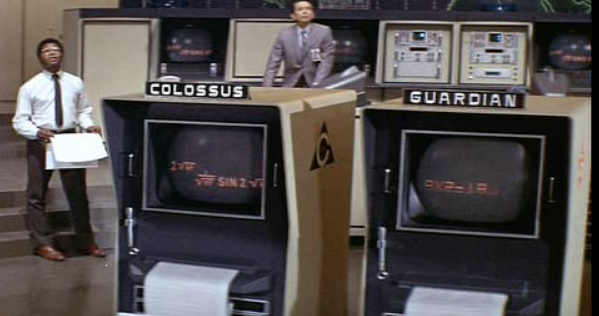
To accomplish their mission the first thing to do is to ensure their own survival. (Goal displacement is on page one of the McKinsey management manual.) They do this by commanding that all computer technicians be murdered, and threaten to launch a nuclear missile if this is not done. Only a few technicians are spared to do necessary maintenance.
Next, to end war the thing to do is to eliminate war-makers, not just the equipment but the people, too. Generals and admirals are murdered under the same compulsion. In the name of peace Colossus and Guardian have thousands murdered: Peace-seeking murders are in charge as usual. Moreover, when humans hesitate, they are goaded to action by nuclear explosions in cities, killing millions.
Colossus declares (in the voice of SyFyian first class Paul Frees), ’I bring you peace. Obey me and live. Disobey and die. Your choice.’ Why did I think of Thomas Hobbes? Did he teach 4th grade, too?
Meanwhile, those technicians spared secretly plot to regain control of Colossus to escape this peace. Spoilers may follow…. Remember these same algorithms remain in use today!
Like Colossus, this film is lean and mean. Too bad it disappeared in the backwash of 2001: Space Odyssey (1968). Made before 2001, it was withheld so as not to compete for box office with that long and much anticipated mega production, but when it was later released the time had passed. This intel comes from the IMDb notes. It has no big-name stars, no go-boom special effects, no hip music, no LSD coloured lights, no mystical message, but is focussed and meaningful. It is also low key and talky.
One dreads a remake starring Tom Hanks, though it could be worse and star Tom Midget. Even with lesser evil in the lead a new version would no doubt have a tasteful love interest forced into the plot and not for Colossus, more is the pity, many pyrotechnics, and modest Tom heroics. The original story would sink under the Hollywood weight with a rigour mortis inducing runtime of nearly 3 hours.

